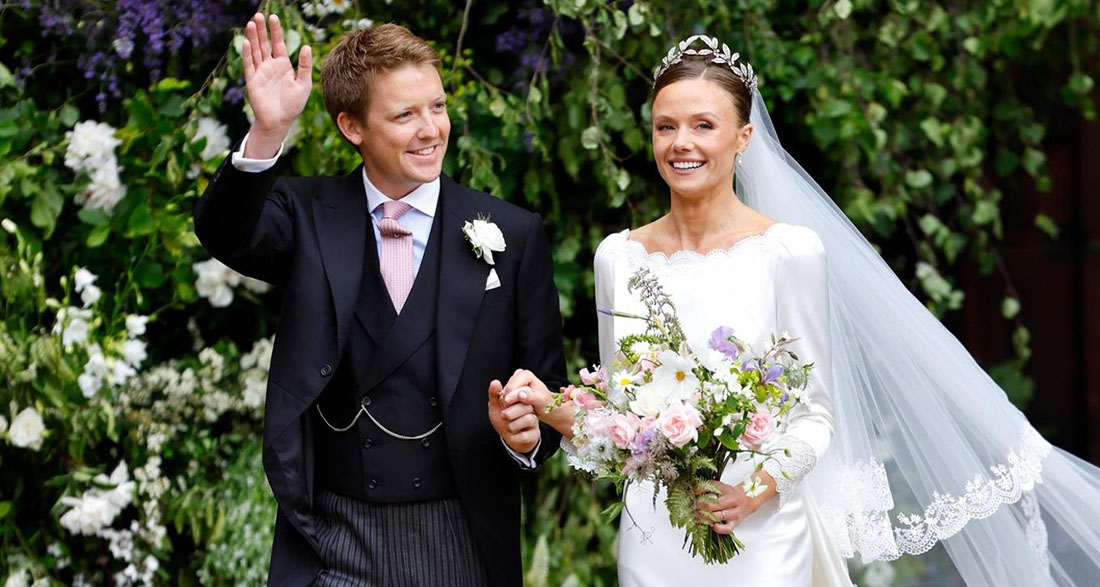Hugh Grosvenor and his wife Olivia will become parents for the first time in the summer of 2025. A very old English rule will come into play for their baby, significantly influencing inheritance.
The line of succession in the British aristocracy is regulated differently: While Princess Charlotte, 9, ranks ahead of her younger brother Prince Louis, 6, in the royal succession—meaning that gender does not play a major role at first glance—a different rule applies to the yet-to-be-born baby of Hugh Grosvenor, 34, the Duke of Westminster, and his wife Olivia Grosvenor, 32. If the couple’s first child is a boy, he will be entitled to his father’s title and inheritance. However, if Olivia gives birth to a girl, she would be ranked behind a younger brother, should one be born in the future.
Hugh Grosvenor: Why His Daughter Won’t Inherit His Title
After the death of his father, Gerald Grosvenor (†64), Hugh Grosvenor took over the Duchy of Westminster in 2016. So far, there is no heir to the title and estate—and this will remain the case if the 34-year-old and his wife’s first child is a girl. It is not yet known whether the Duke and Duchess of Westminster are expecting a boy or a girl. The couple announced Olivia’s pregnancy on March 12, also revealing that their child would be born in the summer.
Most noble titles are still passed down exclusively to sons. According to Hello Magazine, if the couple’s first child is a girl, she would not be entitled to her father’s title, the associated wealth, or the estate under current law. She would not become a duchess but would instead receive the title of “Lady.” This is the same situation for Hugh Grosvenor’s older sisters, Tamara van Cutsem, 45, and Lady Edwina Grosvenor, 43.
If Olivia gives birth to a son in the summer, he would be known as Earl Grosvenor and would hold this title until he inherits the dukedom from his father Hugh.
Why Doesn’t Princess Charlotte Face the Same Disadvantage in the Succession?
Similar rules in inheritance and succession apply in other monarchies, such as in the Principality of Monaco—where Prince Jacques, 10, is the heir, despite his twin sister Princess Gabriella, 10, being born two minutes earlier—and in the Spanish monarchy. In Spain, however, Princess Leonor, 19, is the heir to the throne because King Felipe, 57, and Queen Letizia, 52, have no son.
In the UK, however, there is also Princess Charlotte, the only daughter of Prince William, 42, and Catherine, Princess of Wales, 43. In the “Line of Succession,” she ranks ahead of her younger brother Louis. This is due to the Succession to the Crown Act passed in 2013, which overturned the 300-year-old rule that a daughter must be ranked below her younger brother in the line of succession.
The law was changed before the birth of Prince George, 11, who was born in July 2013. Hello Magazine notes that the decision was unanimously approved at a Commonwealth summit in 2011. Princess Charlotte was the first female member of the Royal Family to benefit from this law—making a small piece of history. However, this rule only applies to individuals born after October 28, 2011. Lady Louise Windsor, 21, still ranks behind her younger brother James, Earl of Wessex, 17, because she was born “too early” to benefit from this change.






